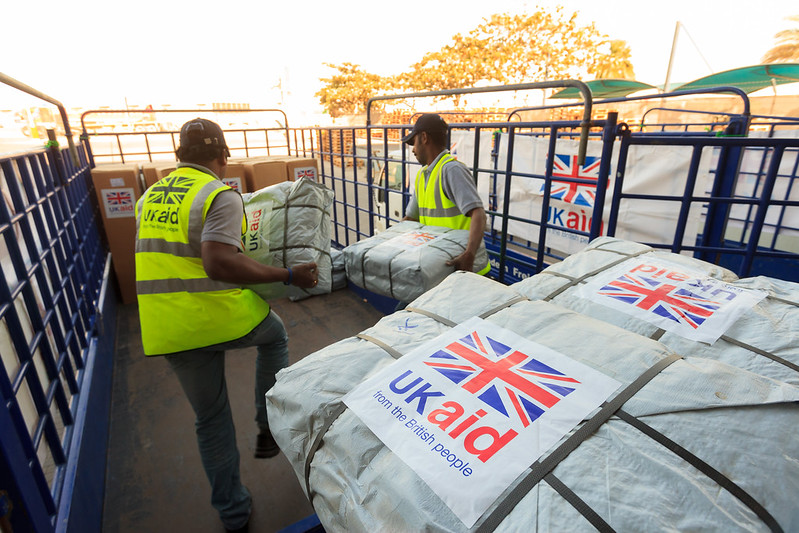 In December 2024, the U.K. pledged aid to various developing nations in the Middle East, Africa, and Asia to help stop the spread of global poverty. About £34 million in humanitarian aid going to countries including Burkina Faso, Mali, Niger, the DRC, Somalia, Myanmar, and Bangladesh.
In December 2024, the U.K. pledged aid to various developing nations in the Middle East, Africa, and Asia to help stop the spread of global poverty. About £34 million in humanitarian aid going to countries including Burkina Faso, Mali, Niger, the DRC, Somalia, Myanmar, and Bangladesh.
Additionally, approximately £61 million will support communities and fund essential programs, including health, improved infrastructure and natural disaster prevention, such as the World Food Program (WFP) initiatives. The International Development Association (IDA) is also assisting in the allocation of foreign aid to developing nations.
UK Aid Pledge to Decrease Poverty
The U.K.’s pledge can help developing nations and encourage their growth, both economically and in resilience when issues occur. IDA has agreed to help facilitate the increased relief from the U.K. to support poverty reduction and uplift projects with the funding received, according to the World Bank.
Developed nations such as the U.K. making essential humanitarian aid such as this is not only crucial to poverty reduction, but also for improving the quality of life for the developing nations receiving the aid. Millions of euros of aid go into providing essential services for developing nations. To name a few: Palestinian refugees receive £13 million, Rohingya refugees in Bangladesh receive £5 million, and Somalia receives up to £5 million.
Keeping the Promise
When the earthquake in Myanmar happened, £10 million in funding helped support the people in need of assistance. This mobilization of support has helped Myanmar rise from the earthquake and prevent the crisis from worsening. The U.K.’s foreign aid support and arrival had not only mitigated adversity, but it also saved more lives.
The U.K. keeping its pledge is critical in this circumstance; the funds that go into preparing for natural disasters and conflicts are vital for protecting the people of developing nations from recovering from these events. Currently, the £1.98 billion in pledged funds are under review.
Maintaining the UK Aid Pledge
The U.K. promised at the end of 2024 to fill in the shoes left behind from cuts across developed nations. This can be the U.K.’s chance to help millions in the Middle East, Africa and Asia improve their life outcomes.
As shown by the Myanmar example, foreign aid can help developing nations recover faster from incidents such as the earthquake, and uplift those in worsening poverty situations. The U.K. is on the right track with its pledge to dozens of countries to relieve citizens of developing nations and to prevent them from spiraling into poverty.
– Anastasia Flerchinger
Anastasia is based in Richland, WA, USA and focuses on Good News and Politics for The Borgen Project.
Photo: Flickr
 The United Kingdom’s (U.K.) foreign aid budget and international policies continue to shift, sparking concerns about their impact on global poverty alleviation. The government has committed to maintaining aid
The United Kingdom’s (U.K.) foreign aid budget and international policies continue to shift, sparking concerns about their impact on global poverty alleviation. The government has committed to maintaining aid  In December 2024, the U.K. government
In December 2024, the U.K. government 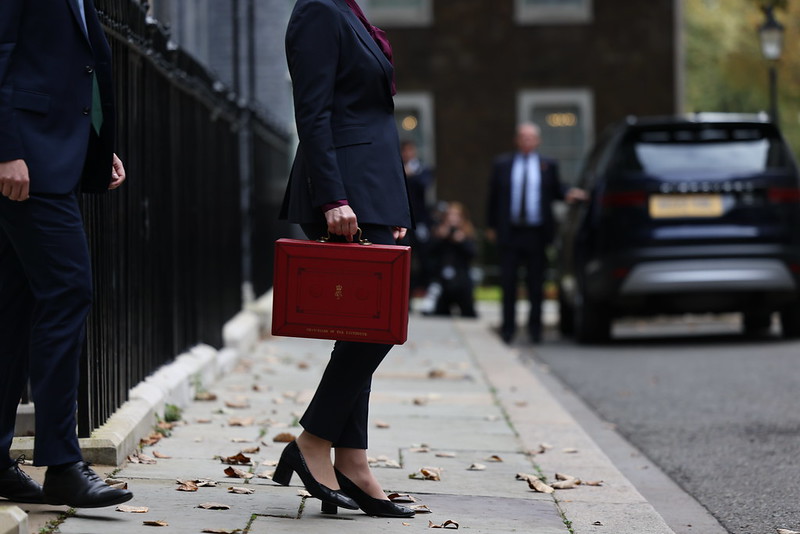
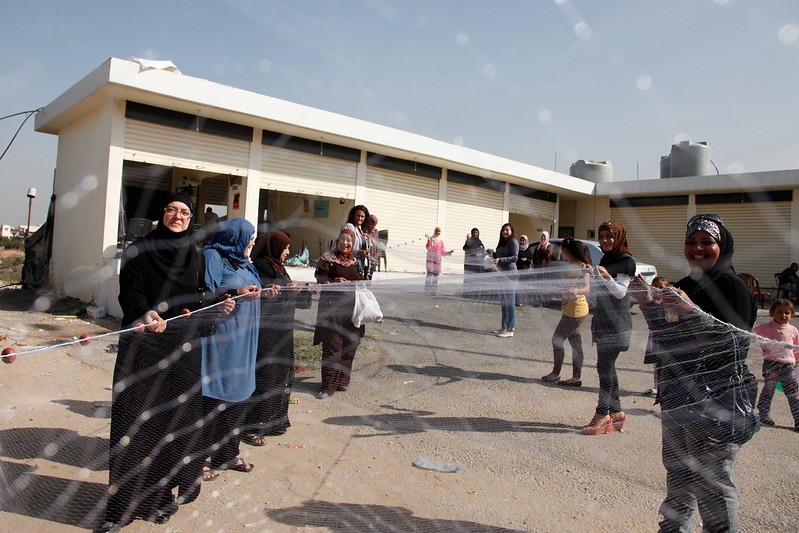 The reignition of
The reignition of  Currently, more people are using mobile phones in sub-Saharan Africa than in the United States (U.S.). In December 2016, the region had
Currently, more people are using mobile phones in sub-Saharan Africa than in the United States (U.S.). In December 2016, the region had 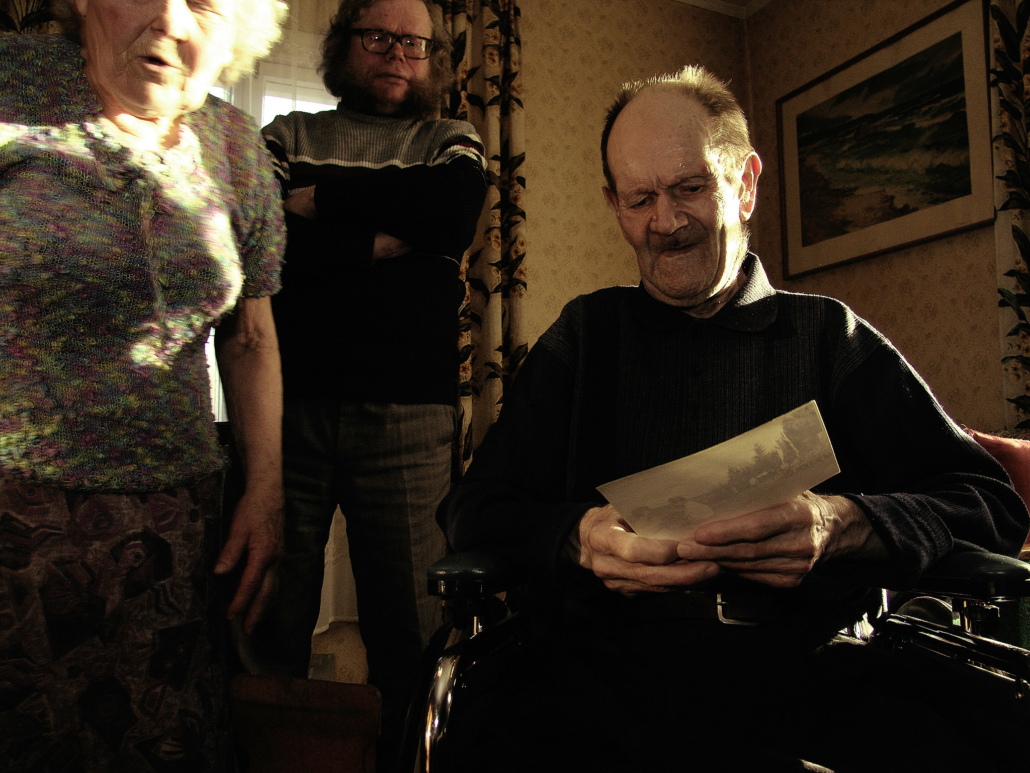
 Since Feb. 24, 2022, Ukraine has been in
Since Feb. 24, 2022, Ukraine has been in 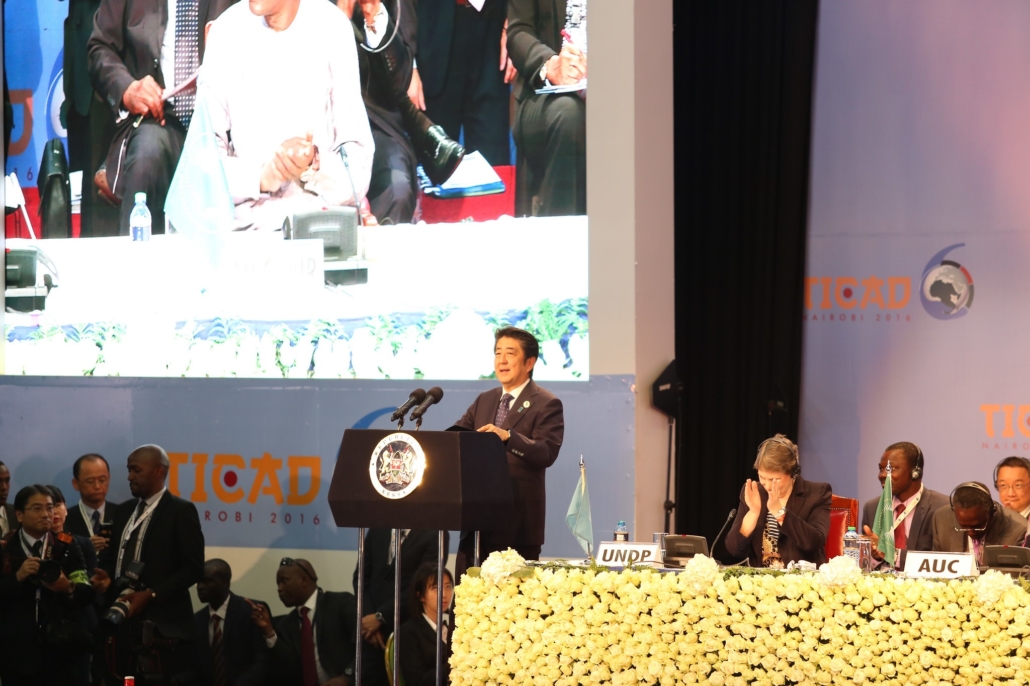
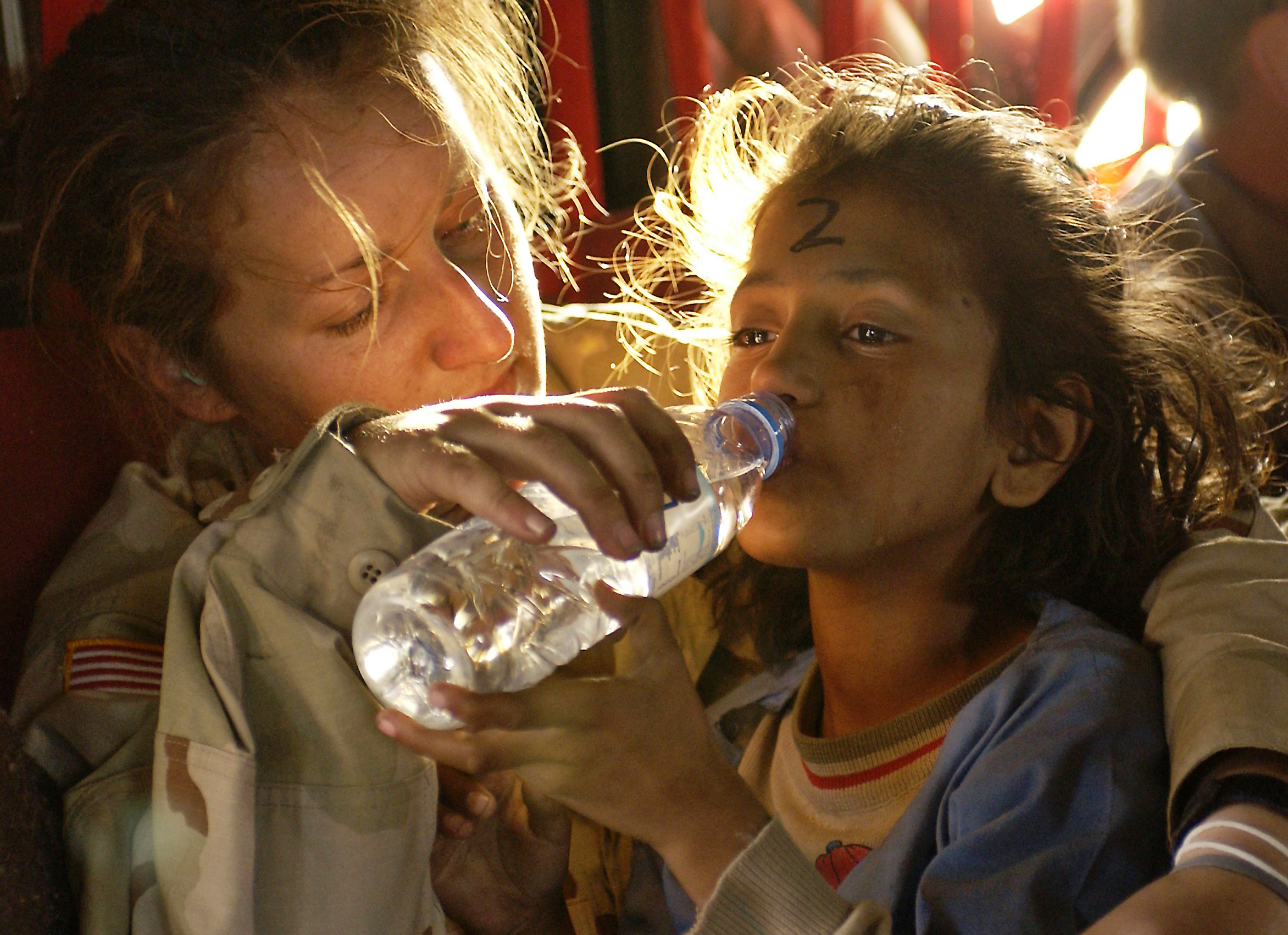 The Development Assistance Committee (DAC) is a division of the Organisation for Economic Co-operation and Development (OECD). It facilitates economic development worldwide, partly by
The Development Assistance Committee (DAC) is a division of the Organisation for Economic Co-operation and Development (OECD). It facilitates economic development worldwide, partly by 